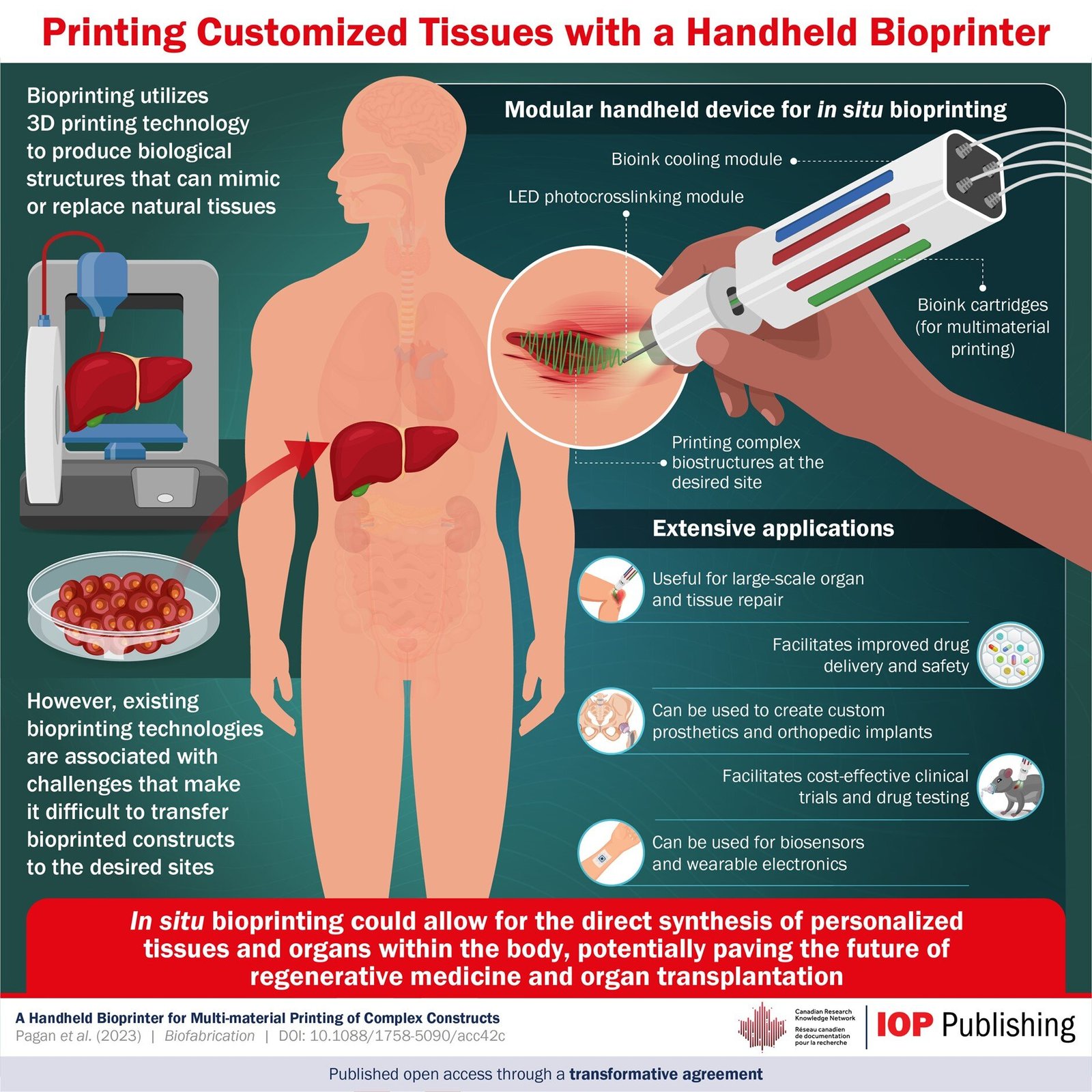Have you ever wondered how the marvels of modern technology are revolutionizing the field of transplant medicine? Imagine a world where organ shortages are a thing of the past, and organs tailored to your body’s needs are just a print away. That’s not just science fiction anymore; it’s becoming a reality thanks to organ care technology and 3D bio printing.
Let’s dive into how these groundbreaking advancements are making waves in transplant medicine.
Organ Care Technology: Keeping Organs Alive Longer
What is Organ Care Technology?
Organ care technology, also known as normothermic machine perfusion, is a game-changer in how we handle organs outside the body. Traditionally, harvested organs are stored on ice, which only offers a few precious hours before the organ begins to deteriorate. This technology, however, keeps organs like hearts, lungs, and livers “alive” by mimicking the body’s conditions.
Benefits of Organ Care Technology
- Extended Viability: Organs can function in a near-normal state, extending their viability far beyond the traditional methods. This means more time to get the organ to the recipient and a better chance of a successful transplant.
- Health Assessment: With organs functioning, doctors can actually assess their health in real-time. They can see how the organ is doing before transplanting it, which reduces the risk of transplant failure.
- Wider Geographic Matching: Because organs can be kept viable for longer, they can be transported over longer distances. This potentially increases the donor pool, giving patients a higher chance of finding a match.
3D Bioprinting: The Future of Personalized Organs
What is 3D Bioprinting? 3D bioprinting might sound like something from a sci-fi movie, but it’s another transformative technology that’s making waves in medicine. This process involves printing layers of cells and biomaterials to create tissue-like structures that can eventually mature into functional organs.
Benefits of 3D Bioprinting
- Customization: Imagine an organ that matches your body’s specific needs. 3D bioprinting aims to create organs tailored to the patient’s body, reducing the risk of rejection and the need for lifelong immunosuppressants.
- Reducing Organ Shortages: With the ability to print organs, the pressure on the organ donation system could significantly reduce. This means fewer waiting lists and quicker access to life-saving transplants.
- Research and Testing: Before using these organs in transplants, they can serve as models for testing medications or studying diseases. This not only speeds up medical research but also reduces the ethical concerns related to using human subjects.
Real-World Impact and Future Prospects
These technologies are not just theoretical; they are already impacting lives. Organ care systems are being used in hospitals, and although 3D printed organs are still in the experimental stage, the progress is promising. As these technologies develop, we might see a day when organ shortages are no longer a barrier to saving lives.
Conclusion
So, as you can see, organ care technology and 3D bioprinting are setting the stage for a revolution in transplant medicine. By extending the life of transplantable organs and working towards creating personalized ones, these innovations are opening up new possibilities for patients worldwide. It’s an exciting time in medical science, and the future looks even brighter. Just imagine what will be possible as these technologies continue to evolve!
